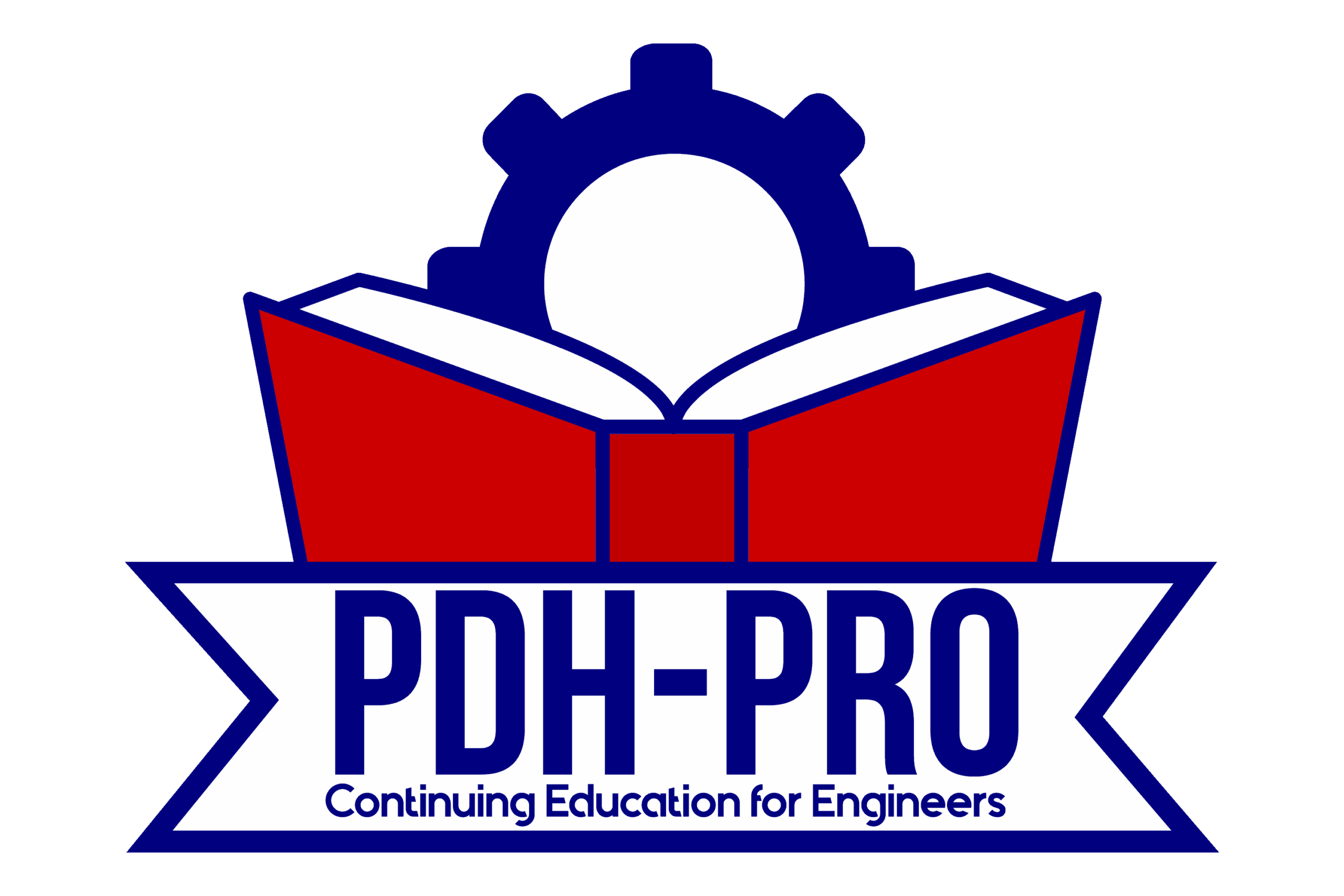 Uncover the critical role of engineers in safeguarding public welfare through a detailed examination of historical failures and current practices. This article emphasizes the importance of ethics and safety in engineering.
Uncover the critical role of engineers in safeguarding public welfare through a detailed examination of historical failures and current practices. This article emphasizes the importance of ethics and safety in engineering.
Key Takeaway
| Historical Lessons | The catastrophic failures of the Hyatt Regency walkway, Tacoma Narrows Bridge, and Chernobyl Nuclear Plant serve as stark reminders of the consequences when engineering ethics are sidelined. These incidents teach us the critical importance of thorough oversight, rigorous testing, and adherence to ethical standards. |
| Practical Guidance | Identifying potential risks and implementing effective safety measures are foundational practices that ensure engineering projects do not compromise public welfare. Engineers must integrate safety by design, apply redundancy, and comply with legal standards to mitigate risks. |
| Ethical Decision-Making | Utilizing tools such as ethical matrices and decision trees, along with adhering to codes of ethics like those from IEEE and NSPE, helps engineers navigate complex decisions and maintain their professional integrity. Managing conflicts of interest and understanding the role of whistleblowing are essential in preserving the trust placed in the engineering profession. |
Public Welfare in Engineering
Engineers hold the keys to innovation, development, and safety in society. As gatekeepers of technological advancement, they are bestowed with the profound responsibility to ensure that all engineering practices and infrastructures not only meet the standards of functionality and efficiency but, most importantly, safeguard the public welfare.
Public welfare encompasses the health, safety, and general well-being of the community at large. In engineering, this means creating and maintaining systems and structures that reliably function under prescribed or anticipated conditions without posing any hazard to the community.
The requirement to hold paramount the public welfare in engineering ethics cannot be overstated. Most engineering codes of ethics, such as those established by the American Society of Civil Engineers (ASCE) and the National Society of Professional Engineers (NSPE), place the safety, health, and welfare of the public above all other considerations. This directive compels engineers to prioritize public interests in their designs, consultations, and operational procedures.
Engineers are expected to use their skills, knowledge, and ethical judgment to enhance the lives of people while minimizing potential risks to the public. Their decisions and actions can have profound impacts, not just on the immediate users of their designs but on society as a whole, which relies on their expertise and ethical integrity to prevent harm and promote well-being.
The critical importance of these ethical mandates is underscored by past engineering failures, which serve as solemn reminders of what can happen when ethics are compromised. These historical examples not only highlight the potential risks but also reinforce the need for continual vigilance and adherence to ethical principles in engineering.
Historical Context and Lessons
Throughout history, the engineering profession has witnessed catastrophic failures that serve as potent reminders of what can happen when safety and ethics are compromised. These historical incidents not only underscore the critical need for diligence and adherence to ethical standards but also provide crucial lessons that can help prevent future tragedies.
Case Study #1: Hyatt Regency Walkway Collapse
Event Overview
- Date and Location: July 1981, Kansas City, Missouri
- What Happened: During a tea dance at the Hyatt Regency hotel, suspended walkways on the second, third, and fourth floors collapsed onto the crowded dance floor below.
- Casualties: 114 people killed and over 200 injured, making it one of the deadliest structural collapses in American history.
Engineering Failures
- Design Flaws: The original design called for single rods to support the walkways, but a last-minute design change doubled the load on the connector rods, which was overlooked.
- Oversight and Approval Issues: The design changes that critically compromised the walkway’s structural integrity were not properly reviewed by the engineering team or the building contractors.
Ethical Lessons
- The Importance of Detail and Oversight in Engineering Design: This tragedy illustrates the catastrophic consequences of inadequate review and approval processes for engineering designs and changes.
- Accountability and Responsibility: Engineers must uphold their duty to protect public welfare by ensuring that all aspects of design, construction, and inspection adhere to the highest standards of safety and ethics.
Case Study #2: Tacoma Narrows Bridge
Event Overview
- Date and Location: November 1940, Tacoma, Washington
- What Happened: The Tacoma Narrows Bridge, nicknamed “Galloping Gertie,” swayed and twisted until it collapsed due to aerodynamic flutter.
- Casualties: There were no human fatalities, but the collapse dramatically changed engineering practices concerning bridge design.
Engineering Failures
- Design Limitations: The bridge’s design did not adequately consider aerodynamic stability, which led to its failure under wind conditions that should not have been catastrophic.
- Lack of Testing: At the time, models and simulations for aerodynamics were not as advanced or as routinely implemented as they are now.
Ethical Lessons
- Advancement in Testing and Simulation: The failure prompted significant enhancements in the use of wind tunnel testing and aerodynamic modeling in bridge design.
- Continuous Learning and Adaptation: Engineers must constantly update their practices and embrace new technologies and methodologies to prevent similar failures.
Case Study #3: Chernobyl Disaster
Event Overview
- Date and Location: April 1986, Chernobyl, Ukraine
- What Happened: An explosion and fire in the Chernobyl Nuclear Power Plant released large quantities of radioactive particles into the atmosphere, which spread over much of Europe.
- Casualties: 31 direct deaths and thousands of cancers and other health issues attributed to the disaster over time.
Engineering Failures
- Safety Protocol Violations: The disaster was precipitated by a flawed reactor design that was operated with inadequately trained personnel and without proper safety protocols.
- Regulatory Oversight Failure: The lack of independent regulatory oversight allowed unsafe practices to continue despite previous warnings.
Ethical Lessons
- Robust Safety Protocols and Training: Ensuring that all operational procedures and safety measures are followed is crucial, especially in high-stakes fields such as nuclear energy.
- Importance of Regulatory Oversight: Independent oversight bodies are necessary to enforce safety standards and prevent organizational oversights.
Learn more: we have an ethics course that explores the Chernobyl Disaster.
Conclusion of Historical Examples
These case studies not only serve as a grim reminder of the importance of ethical engineering practices but also highlight the progressive steps taken post-failure to enhance safety and regulatory practices. Engineers must absorb these lessons and apply rigorous ethical standards to their work to prevent such disasters and protect public welfare.
Practical Guidance on Risk Management
Identifying Risks
Risk in engineering refers to the potential that a chosen action or activity (including the choice of inaction) will lead to a loss (an undesirable outcome).
The risks can be broadly classified into physical (safety hazards), financial, operational, and reputational.
Engineers can use several methods to identify risk. These include:
- Hazard Analysis: Systematic process to identify hazards within a project and analyze the potential impacts of each hazard. This can involve tools like FMEA (Failure Modes and Effects Analysis) and HAZOP (Hazard and Operability Study).
- Risk Assessment Workshops: Conducting collaborative sessions with project stakeholders to identify potential risks based on past experiences, expert opinions, and predictive logic.
- Technical Reviews: Regularly scheduled technical reviews of engineering designs and processes to ensure they meet safety codes and are capable of operating under the highest expected loads and stresses without failure.
Implementing Safety Measures
Several strategies and methods have been developed to enhance safety. These include:
- Safety by Design: Integrating safety measures right from the design phase of a project. This includes selecting inherently safer technology, using fail-safe design principles, and minimizing the possible dangers that could arise from operational errors or equipment failure.
- Redundancy: Incorporating multiple fail-safes, such as backup systems or operational redundancies, to ensure safety in case one part of the system fails.
- Regular Maintenance and Inspections: Establishing a routine for regular maintenance checks and safety inspections to identify and rectify potential issues before they lead to failures.
Adherence to Legal Standards:
- Compliance with Safety Codes and Regulations: Ensuring all engineering work complies with the applicable safety codes and regulations which are designed to protect public welfare.
- Certification and Approval Processes: Obtaining the necessary certifications and approvals for materials, designs, and installations from recognized regulatory bodies to ensure compliance with safety standards.
Balancing Cost, Time, and Safety
Managing Trade-offs:
- Cost-Benefit Analysis in Safety Investments: Performing cost-benefit analyses to evaluate the worth of safety measures. This includes assessing the potential reduction in risk versus the cost of implementing safety solutions.
- Prioritization of Safety Over Costs and Schedules: Emphasizing that while cost and schedule are important metrics, they should not compromise safety. Safety features should be seen as non-negotiable necessities rather than optional extras.
Practical Examples:
- Case Study on Infrastructure Project: Detailing a case study of a large infrastructure project where safety was prioritized. Discuss the implementation of advanced safety protocols, the role of engineering judgments in safety enhancements, and how these practices prevented potential hazards.
- Example of Cost-Saving Through Safety: Illustrating how investing in robust safety measures can lead to cost savings in the long run by preventing accidents, failures, and costly litigations.
Ethical Decision Making in Risk Management
Frameworks and Tools:
- Decision Trees and Ethical Matrices: Utilizing decision trees and ethical matrices to make informed decisions that weigh the benefits of actions against their potential risks to the public.
- Whistleblowing Mechanisms: Encouraging the use of formal whistleblowing mechanisms as a last resort to report unsafe practices when internal resolutions fail.
Effective risk management in engineering not only protects the public welfare but also enhances the efficiency and credibility of engineering practices. Engineers must rigorously implement safety measures, continually assess risks, and adhere to legal standards to prevent harm and ensure public trust in engineering outcomes.
Ethical Decision Making
Ethical decision-making is fundamental to engineering practice. By using ethical matrices, decision trees, and adhering to professional codes of ethics, engineers can navigate complex decisions and uphold their duty to protect the public welfare. This commitment not only fosters public trust but also advances the profession by ensuring that safety, integrity, and fairness are paramount.
Understanding Ethical Decision Making
Ethical decision-making in engineering involves evaluating potential actions through the lens of professional ethics and societal laws to determine the most appropriate course of action, especially in scenarios involving public welfare.
There are several principles that guide ethical decision making.
- Transparency: Openly documenting and communicating decision-making processes and justifications.
- Accountability: Taking responsibility for the consequences of decisions, whether favorable or unfavorable.
- Equity: Ensuring that decisions do not favor one group over another unjustly and are devoid of bias.
Tools and Frameworks to Aid Ethical Decision Making
An ethical matrix is a conceptual tool that helps to systematically evaluate the impact of engineering decisions by considering how they affect various stakeholders including the public, the environment, clients, and the profession.
For instance, before proceeding with a project that involves high risks, an engineer would use an ethical matrix to weigh the benefits against the potential harm to each stakeholder group.
Decision Trees
- Decision trees are schematic representations of the possible outcomes of various decision paths which can help predict the effects of different actions.
- Application: They are particularly useful in complex situations with multiple possible courses of action, allowing engineers to visualize outcomes and make informed choices.
Ethical Frameworks
IEEE Code of Ethics and NSPE Code of Ethics for Engineers:
- These codes provide a foundation for ethical practices in engineering. They emphasize the importance of honesty, integrity, fairness, and respect in professional activities.
- Guidelines from Codes:
- Hold paramount the safety, health, and welfare of the public.
- Perform services only in areas of their competence.
- Issue public statements only in an objective and truthful manner.
- Act as faithful agents for their clients and employers with integrity.
Using Case Studies for Framework Application:
- Case Example: An engineer facing a decision about whether to report a safety issue that might delay a project but is crucial for ensuring public safety. The NSPE Code of Ethics would guide the engineer to prioritize public safety over project deadlines or costs.
Managing Conflicts of Interest
Recognizing conflicts of interest is crucial. These occur when personal or internal pressures compromise the engineer’s ability to act in the public’s interest.
For example, an engineer might face a conflict of interest if they own stock in a company bidding for a project they are designing.
Here are some helpful strategies to help resolve conflicts of interest:
- Disclosure: Openly disclosing any potential conflicts to relevant stakeholders.
- Recusal: Stepping aside from decision-making processes where the engineer has a conflict of interest.
- Third-party Review: Seeking independent audits or reviews when significant conflicts are present.
Role of Whistleblowing
Whistleblowing should be a measure of last resort, used only when internal mechanisms fail to address ethical breaches, and the public’s safety is at risk.
Engineers should follow established procedures for reporting ethical concerns within their organizations or to external authorities.
Understanding whistleblower protections under the law can encourage more engineers to come forward with concerns about unethical practices without fear of retribution.
Conclusion: Upholding Public Welfare through Ethical Engineering Practices
The duty to protect public welfare is an integral and guiding principle in the field of engineering. This series of discussions has highlighted the profound responsibilities that engineers have in safeguarding the health, safety, and well-being of the public through meticulous risk management, the implementation of robust safety measures, and ethical decision-making.
